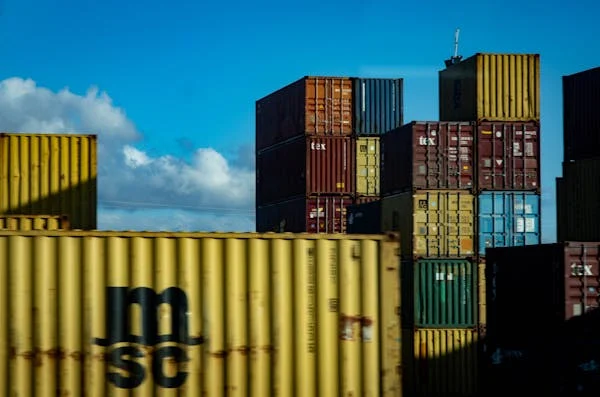Shipping Toy Cars from Guangzhou/Shenzhen to Colima Port, Mexico: Full Container (FCL) and Less-than-Container Load (LCL) Ocean Freight
1. Full Container Load (FCL) – 20FT/40FT Container
For large shipments of toy cars, using a Full Container Load (FCL) is often the most cost-effective and secure option. An FCL involves reserving the entire container for your goods, either a 20-foot or 40-foot container, depending on the volume of your shipment.
- 20FT Container: This container can typically hold approximately 20-22 cubic meters of cargo, depending on the packing method and the dimensions of the toy cars.
- 40FT Container: A 40-foot container offers about 40-45 cubic meters of space, allowing for larger or bulkier shipments.
2. Less-than-Container Load (LCL)
If you don’t have enough volume to fill an entire container, Less-than-Container Load (LCL) is a viable option. LCL allows multiple shippers to share space within a single container. Your shipment is consolidated with others, and you pay only for the space your cargo occupies.
LCL shipments are ideal for smaller quantities of toy cars, providing flexibility while still offering the benefits of sea freight. While LCL is typically more affordable for smaller shipments, it may have slightly longer transit times compared to FCL, as the goods need to be consolidated and deconsolidated at both the origin and destination ports.

3. Shipping Time: Approximately 30 Days
The shipping time from Guangzhou or Shenzhen to Colima Port in Mexico is generally around 30 days. This estimate includes the ocean freight transit time, but it doesn’t account for any customs clearance, port handling, or delays that may occur. The actual transit time can vary based on factors such as weather, port congestion, and the specific shipping line chosen.
4. CIF Shipping Terms
For this shipment, the CIF (Cost, Insurance, and Freight) term is typically applied. This means that the seller (shipper) will be responsible for covering the cost of goods, freight charges, and insurance up to the destination port, in this case, Colima Port. The buyer will be responsible for any import duties, taxes, and other costs associated with clearing the goods through customs.

5. Packaging of Toy Cars
Proper packaging is critical to ensure that the toy cars arrive safely at their destination. The toy cars should be packaged in a way that protects them from damage during the long sea journey.
Key Packaging Considerations:
- Individual Packaging: Each toy car should be individually wrapped to prevent scratches and damages. This can be done using bubble wrap or foam padding.
- Cardboard Boxes: Group the toy cars into sturdy cardboard boxes. These boxes should be strong enough to hold the weight of the cars and prevent them from shifting during transport. Use dividers within the boxes to keep the cars separated and protected.
- Plastic Wrapping: Once the cars are packed in boxes, the entire package should be shrink-wrapped or stretch-wrapped to secure it and prevent any external elements (such as moisture or dirt) from entering.
- Palletizing: For both FCL and LCL shipments, it’s advisable to place the packed boxes onto pallets for easier handling and loading/unloading. Pallets should be securely wrapped, ensuring that the load doesn’t shift during transit.
- Labeling: Clearly label all boxes with the correct handling instructions (e.g., “Fragile,” “This Side Up”), shipment details, and consignee information. This will ensure proper handling and smooth customs clearance.
6. Port-to-Port Delivery at Colima Port
Once your shipment arrives at Colima Port, the goods will be offloaded from the container and processed for customs clearance. If using FCL, you’ll need to arrange for the goods to be delivered to the buyer’s warehouse or distribution center. For LCL shipments, the cargo will be deconsolidated, and you will need to collect your portion from the warehouse or port terminal.



